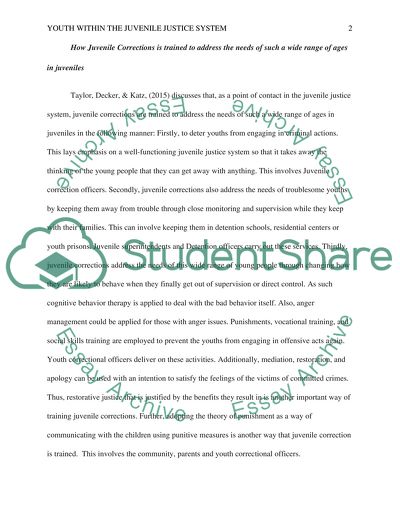Cite this document
(“Youth Within the Juvenile Justice System Research Paper”, n.d.)
Retrieved from https://studentshare.org/law/1701420-youth-within-the-juvenile-justice-system
Retrieved from https://studentshare.org/law/1701420-youth-within-the-juvenile-justice-system
(Youth Within the Juvenile Justice System Research Paper)
https://studentshare.org/law/1701420-youth-within-the-juvenile-justice-system.
https://studentshare.org/law/1701420-youth-within-the-juvenile-justice-system.
“Youth Within the Juvenile Justice System Research Paper”, n.d. https://studentshare.org/law/1701420-youth-within-the-juvenile-justice-system.


